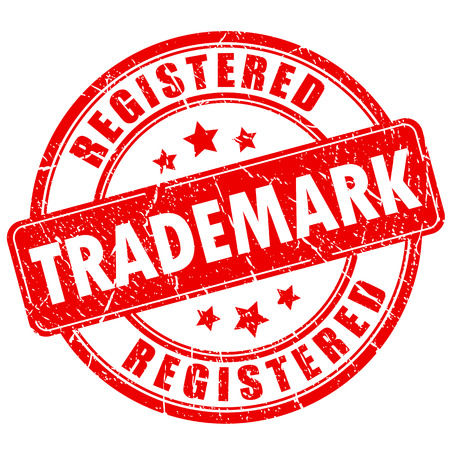Overview
The path to the White House proved shorter for President-elect Donald Trump than securing rights to the TRUMP trademark in China.
Trump filed for the TRUMP mark in China in 2006 for use with real-estate construction services. His application was rejected three years later due to a prior similar application owned by Dong Wei. Trump’s lawyers spent the better part of the next 10 years fighting unsuccessfully to overturn the rejection.
 In a turn of luck, Trump recently found success in invalidating Dong Wei’s TRUMP registration, which allowed a second application to be filed. The court’s invalidation of Dong Wei’s registration comes as a bit of a surprise. Unfortunately, the decision was not made available to the public but some believe that Mr. Trump’s fame played to his advantage. With the invalidation of Dong Wei’s mark, Trump’s second application was recently given provisional approval for registration.
In a turn of luck, Trump recently found success in invalidating Dong Wei’s TRUMP registration, which allowed a second application to be filed. The court’s invalidation of Dong Wei’s registration comes as a bit of a surprise. Unfortunately, the decision was not made available to the public but some believe that Mr. Trump’s fame played to his advantage. With the invalidation of Dong Wei’s mark, Trump’s second application was recently given provisional approval for registration.
Regardless of your politics, the lesson we can all learn is that it’s never too early to lock up trademark rights abroad. Unlike in the U.S., use of a mark is rarely a prerequisite for registration in most countries. This has led to a situation similar to cybersquatting of domain names, where evildoers will register trademarks used by others in an effort to hold them ransom or trade on their reputation.
Obtaining foreign trademark registrations is not just for the Donald Trumps of the world. Failing to beat others to your mark in a given country can block your sales, manufacturing or export activities, now or once your company grows. Even companies operating exclusively in the U.S. risk having their reputation tarnished when their mark is used by others in foreign countries. This can be especially true in neighboring countries, such as Canada and Mexico, where consumers may not appreciate that the mark is owned by different entities.
It’s a lot cheaper to win the race to the trademark offices of the world than to end up in court after getting trademark trumped.